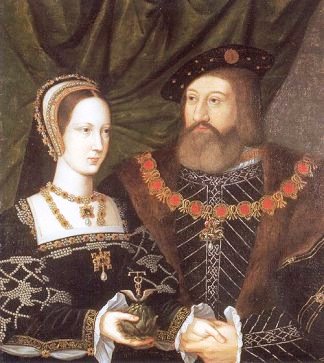The House of Tudor (17 page)
Read The House of Tudor Online
Authors: Alison Plowden
Tags: #History, #Biography & Autobiography, #Royalty, #Nonfiction, #Tudors, #15th Century, #16th Century

They showed they came from the Duke and governor, and that it was decreed by the parliament that they should come to ask deliverance of the king and his brother. And then she caused the portcullis to be letten down and made answer, saying that the castle was her own feoffment, given to her by the king her late husband...and that her said late husband had made her protectrix and given her authority to have the keeping and government of her said children, therefore she could in no wise deliver them to any person. Natheless, she desired respite of six days to give her further answer.
Margaret got her six days respite, during which time Angus slipped unobtrusively away to try and raise his followers, but her ‘further answer’ to the Council was not acceptable. Angus, returning to Stirling with a force of sixty horsemen, found the castle surrounded by five hundred of Albany’s soldiers and any rescue attempt clearly impracticable, but in the best tradition of romantic adventure stories he contrived to get through the besiegers’ lines and enter the fortress by an underground passage. Husband and wife met for a hasty conference about future tactics and the Earl left the way he had come.
Meanwhile, Albany himself was advancing on Stirling at the head of an army 7,000 strong and Margaret knew that further resistance would be pointless. Heavily pregnant, and alone except for her ladies and the two little boys, she came out into the courtyard to surrender. In another well managed scene, she put the massive keys of Stirling into James’ hands, telling the child to give them up to the Duke. Albany then knelt before his uncomprehending sovereign and swore allegiance. He told the Queen she could stay with the children but must accept their change of guardianship. He also assured her that she could rely on his protection and goodwill but when Margaret tried to plead her husband’s cause, answered sternly that he could have no dealings with a traitor.
A few days later, in spite of the promise she had been given, Margaret was told she must leave her sons and go back to Edinburgh. She obeyed. She had no choice. In any case, her plan now was to lull suspicion by apparent compliance. She remained in Edinburgh for about a month, outwardly content and on friendly terms with Albany, but her letters to England were signed only ‘Margaret R’. Albany was innocently unaware that other letters were leaving Edinburgh and going by secret channels to Lord Dacre, hovering on the Border.
At the beginning of September Margaret applied for permission to retire to Linlithgow to wait for the birth of her child. Permission was granted and the Queen departed to ‘take her chamber’. She stayed at Linlithgow for precisely forty-eight hours and at midnight on 13 September set out on the first stage of her escape to England, escorted by Angus, his brother George and the Earl of Hume. A cautious reconnaissance of Stirling had shown that all ideas of carrying off the King and his brother would have to be abandoned and Margaret, forced to choose between her husband and her children, unhesitatingly chose her husband. She believed that the children would be safe with Albany, while Angus indubitably would not. Angus might not have been able to do much to help her, but at least he had stood by her. She felt largely responsible for his present plight and she was still in love with him.
Having reached the Border, Margaret rested for a few days at Coldstream and then moved to Lord Dacre’s house at Morpeth. At any rate that was the intention, but at Harbottle in Northumberland her pains began and there, on 7 October, she gave birth to a daughter. The infant Margaret Douglas seemed healthy and was christened next day ‘with such convenient provisions as could or might be had in this barren and wild country’; but her mother, who had suffered a long and difficult labour, was desperately ill.
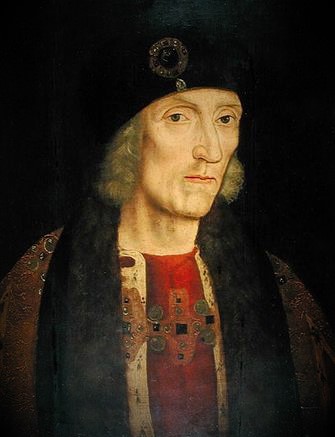
16 Henry VII in later life; a portrait by an unknown artist.
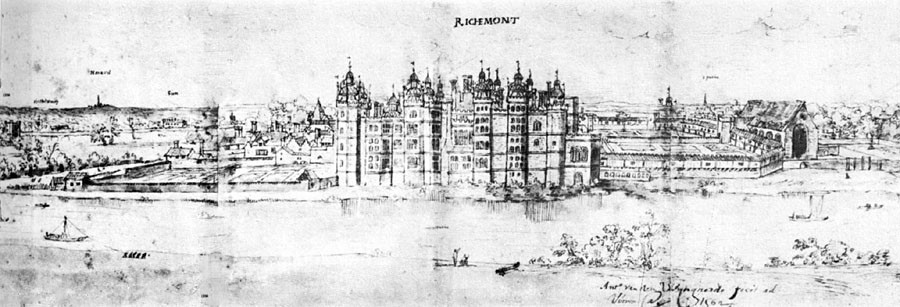
17 Richmond Palace; a sketch by Anthony van Wyngaerde. Beside the magnificent palace where Henry died in 1509 are the ruins of the old palace of Sheen burned down at Christmas 1498.
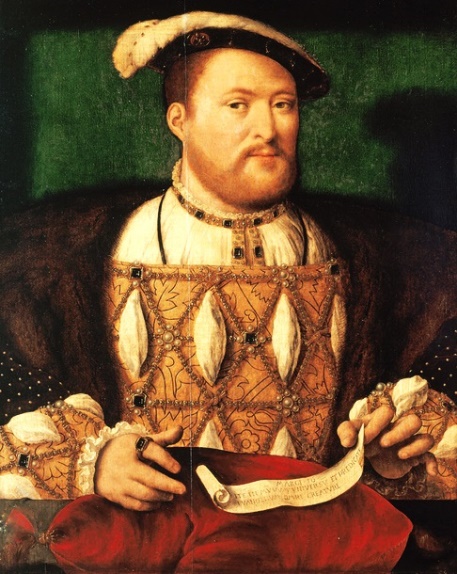
18 The Renaissance Prince: Henry VIII by Joos van Cleeve.
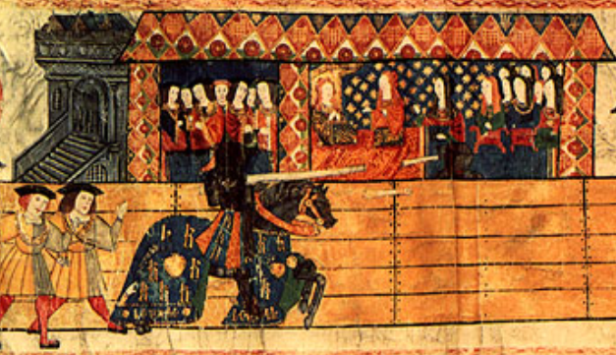
19 Henry jousting before Catherine of Aragon at the tournament held on 12 February 1512 to celebrate the birth of their son. An illustration from the Great Tournament Roll of Westminster.
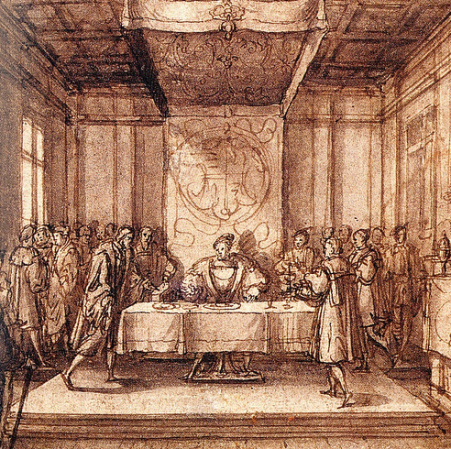
20 Henry dining in his Privy Chamber; a sketch by Holbein.
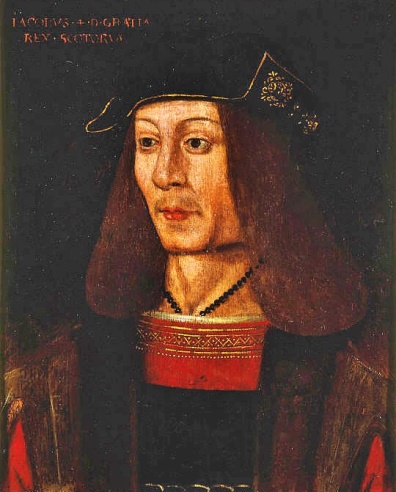
21 James IV of Scotland killed by his brother-in-law’s forces at Flodden in 1513. His widow, Margaret Tudor, became Regent of Scotland for her infant son.
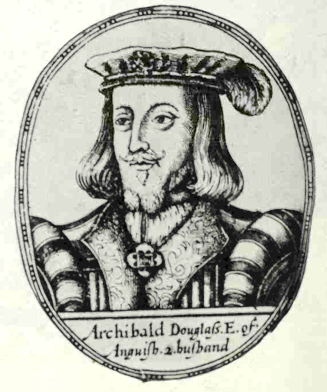
22 Margaret Tudor’s second husband, Archibald Douglas, Earl of Angus; a contemporary engraving.
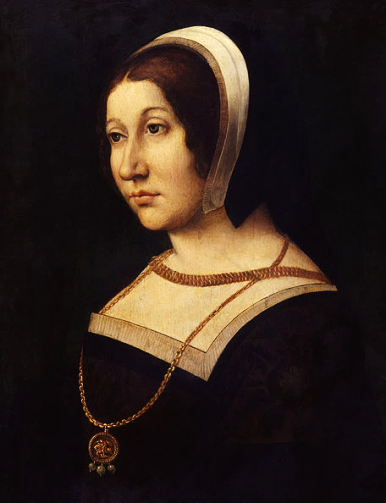
23 Margaret Tudor, c. 1520; an unauthenticated portrait attributed to Jean Perréal.
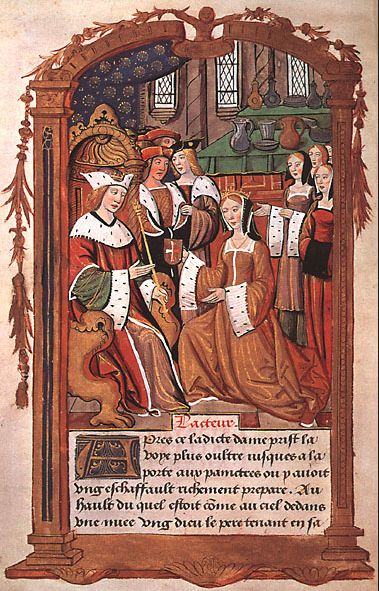
24 and 25 The marriages of Mary Tudor. In 1513 Mary married the aged Louis XII of France (above); an illustration by Pierre Gringoire, an eyewitness at the wedding ceremony.
Louis died less than three months later and in 1515 Mary married Charles Brandon, Duke of Suffolk (below) ; the wedding portrait of the Duke and Duchess of Suffolk.
